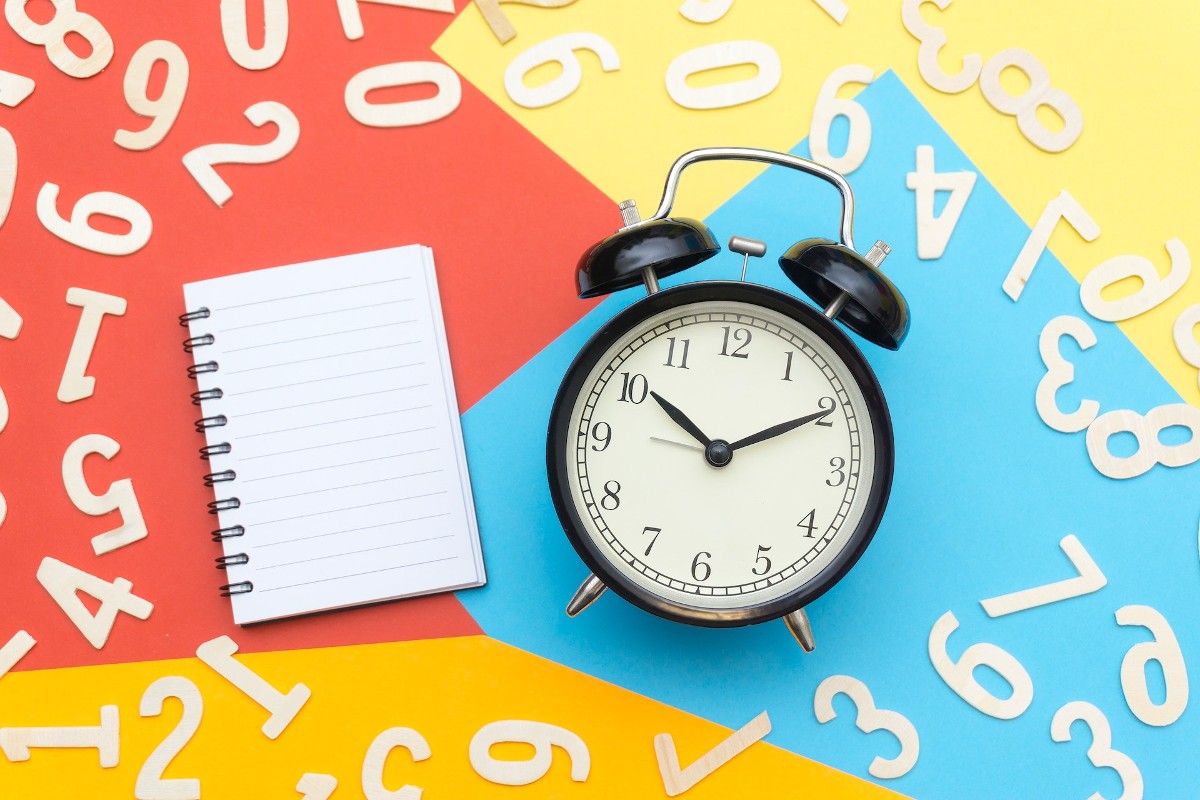In productivity circles, Benjamin Franklin is often mentioned as a great historical example of the ‘To Do List’. He created a daily task list and would ‘check off’ whether he would complete them throughout the day. His tasks weren’t exactly the ‘SMART’ goals business leaders have been using for the past 3-4 decades! His task list focused around what he called his ’13 virtues’. These included things like: temperance, silence, sincerity, cleanliness, moderation and humility. Consequently, his organized thinking has inspired people for decades to daily get the most important things done.
Asana followed in Franklin’s footsteps by creating their ‘My Tasks’ tool. Unfortunately, for many teams this tool is tremendously ineffective, unused or misused. Check out ‘Why Team Leaders Struggle With Asana‘ to better understand this problem. Hint: it’s not a technical or programming issue with Asana. Thankfully, there IS A SOLUTION! Asking your whole team to embrace a few very simple Best Practices will, I believe, revolutionize your team’s productivity.
The number one reason individuals struggle using My Tasks is because they and their team do not assign actionable tasks appropriately.
1. Always assign actionable tasks to a person.
Years ago, I had a boss that would occasionally put a sticky note on my door with a task he wanted me to perform. The My Task space in Asana is designed to be each person’s unique to do list – like a collection of sticky notes from everyone and everywhere, all in one place. It is where individuals should go to figure out what they are supposed to be working on.
Asana My Tasks is each person’s collection of sticky notes from everyone and everywhere, all in one place.
My Tasks just doesn’t work when tasks aren’t assigned to people. Imagine someone creating a task list on a notepad, including assignments for each task, then leaving the pad on their desk. Yeah, that’s not going to work too well. We might as well just turn the Asana engine off. A horse and buggy will make more progress.
When teams don’t assign tasks properly, individuals are forced to click through every project where they might have responsibilities to figure out what they are supposed to do. I’ve even seen people create their own separate lists elsewhere like excel, word or a notebook, to try to keep track of it all!
I understand there are occasions when we just don’t know who to assign the task to yet. This isn’t meant to be a legalistic rule – it’s a best practice. Assign actionable tasks whenever possible so the right people know what tasks they have on their plate.
2. Always give actionable tasks a due date.
Getting tasks into an individual’s My Task list is half the battle. The other half is just as critical. Actionable tasks MUST have due dates. Again, if we think of each task as an individual sticky note, how will each person process which ones need attention now and which ones can wait? Although there are a number of ways to prioritize and organize tasks, the most critical way is through the due date. To be clear, Asana will assume important tasks have due dates and will push the rest of the tasks to the bottom of your list, where it will likely get forgotten or lost.
A task without a due date isn’t really an assignment, it’s a suggestion.
Asana has provided a number of tools in My Tasks to help us organize and prioritize our tasks, but they only work if due dates are applied.
QUESTION: What if I don’t know when the task is due? • ANSWER: Guess.
When you aren’t sure when the task should get done, just ballpark it. Apply a date at some point in the future when you know the assignee might need to think about or focus on the task. This is how we keep the Asana Engine running and how we make sure tasks don’t get lost in the shuffle. In an upcoming post, we’ll discuss the best way to setup My Tasks so it works for you (rather than you constantly working for My Tasks.) Armed with a great task list strategy, individuals will begin to feel confident that they aren’t going to miss something important.
3. Always begin actionable tasks with a verb.
Hmm. That seems a little anti-climactic. Is that it? Start your tasks with a verb? Yep. Start actionable tasks with a verb. It’s important. In fact, I recommend you make it a solid rule for everyone: “Every actionable task must begin with a verb.” Let me explain why.
First, understand that there are two main kinds of tasks in Asana (more about advanced tasks like milestones and approvals later!):
- Actionable Tasks: Tasks that require someone to do something.
- Reference Tasks: Tasks that hold valuable information.
With that in mind, adding a verb to your actionable tasks helps to quickly differentiate them from reference tasks. It is a clear sign that somebody is supposed to do something. For example: “Hire Consultant” is clearly an action to be done, while “Consultant” is probably a task holding the name and contact information (perhaps with other pertinent info) about the consultant.
The other reason we need to keep those verbs front and center is to clearly and concisely clarify (say that 10 times fast) just WHAT action is supposed to happen. Following are examples of some tasks I often see:
- Budget (due: Aug. 5)
- Brochure (due: Sept.23)
- Payroll (due: Fridays)
Now, since these tasks also have a due date, it’s clear they require action. But what action? Is it develop budget, submit budget, research budget, approve budget or edit budget? Are we going to create brochure, confirm brochure, distribute brochure or publish brochure? You get the idea. The verb DEFINES the action. Final note: we put the verb at the beginning of the task so readers quickly understand the action before they see the subject of the action.
Still stuck? Here are some verbs to get the creative juices going: Submit, Send, Check, Compile, Schedule, Mail, Publish, Install, Relocate, Decide on, Analyze, Evaluate, Hire, Coordinate, Promote, Edit, Sort, Organize, Research, Draft, Review, Gather, Email, Rework, Develop, Look into, Finalize, Design, Update, Setup, Call, Buy, Purge, Print, Fill out, Complete.





